Geology, often perceived as the staid study of rocks and minerals, is, in reality, a window into the Earth’s vibrant history. Each rock tells a story, a tale of transformation, creation, and the relentless forces of nature.
Yet, some stories are cooler than others, so let’s embark on a journey to uncover the most unique and fascinating rocks our planet has to offer. Keep in mind we’re focusing on individual rocks — not minerals and not rock formations.
Lapis Lazuli: The Royal Stone
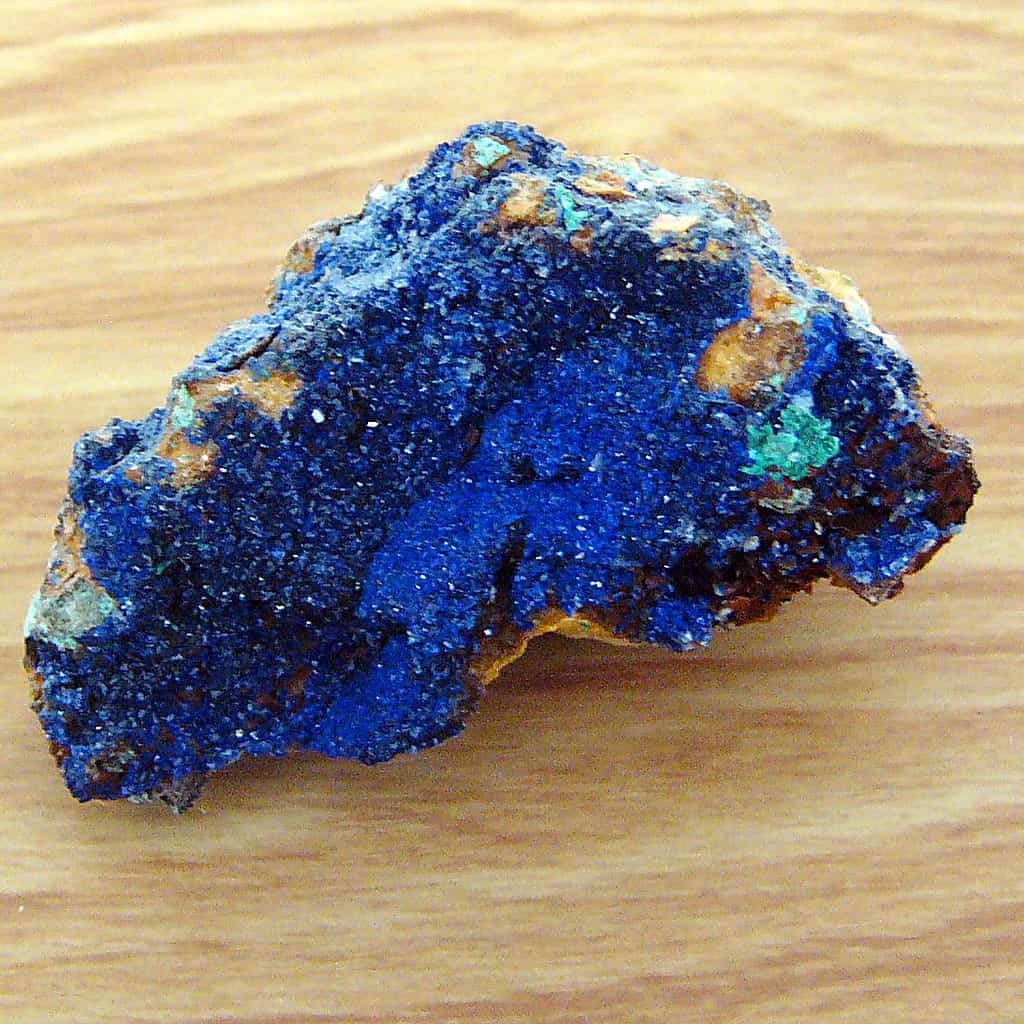
Lapis Lazuli is more than a rock; it’s a piece of history and art. This deep blue metamorphic rock has been prized since antiquity for its intense color. Lapis lazuli is a composite of several minerals, including lazurite, calcite, and pyrite. It’s the lazurite (a silicate mineral created through contact metamorphism of limestone) that gives it a distinctive blue color. The presence of other minerals gives it a unique texture and appearance, with pyrite often creating a starry night effect against the deep blue of the lazurite.
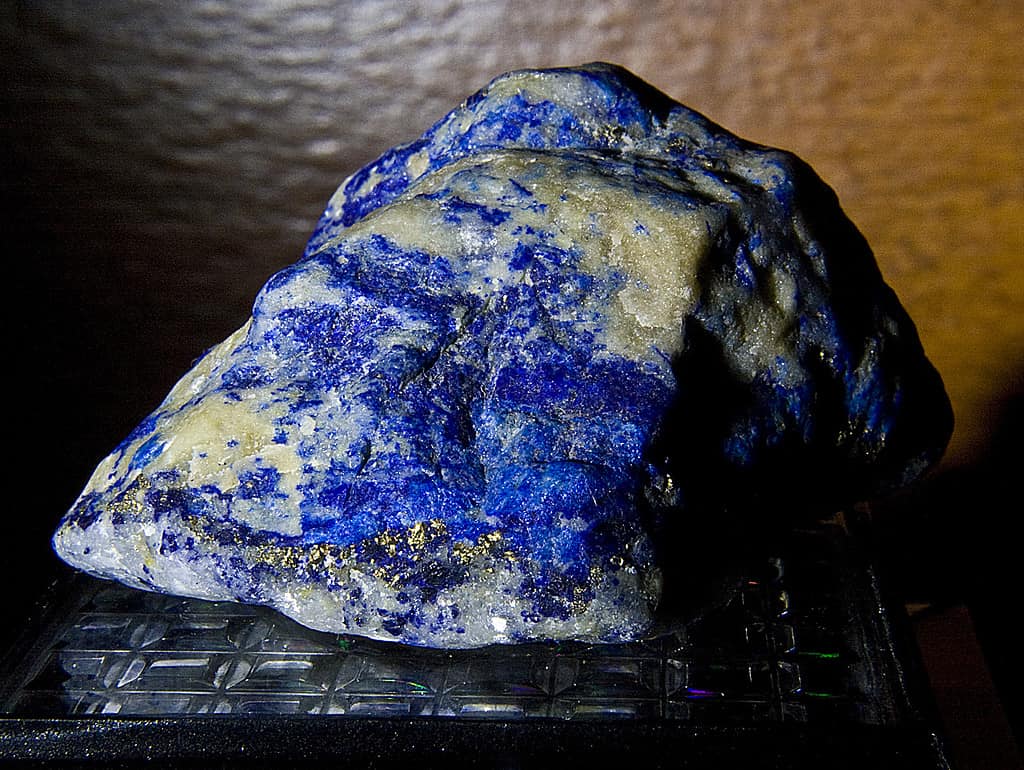
This rock has adorned the necks of pharaohs and been ground into pigment for the paint of Renaissance masterpieces. But its geology is just as exciting.
Dunite: Tales from the Mantle
Dunite is a rare igneous rock primarily composed of the mineral olivine. The rock is basically a messenger from the depths of the Earth. Typically found in the upper mantle, dunite forms in extremely high-temperature and pressure conditions. Its greenish color and high density set it apart from other igneous rocks.
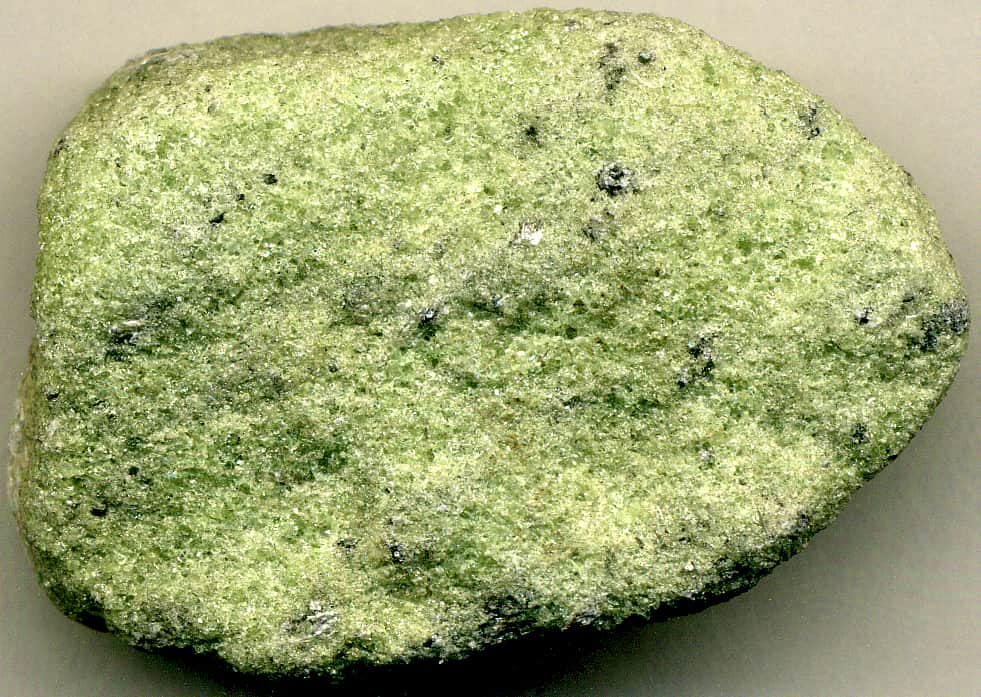
Dunite offers a window into the conditions of the Earth’s mantle. Its composition can provide clues about the processes of mantle melting and the formation of magmas that give rise to basalt. This rock is not only significant for its scientific value but also for its economic importance, as it sometimes contains valuable minerals like chromite.
Interestingly, dunite has been proposed as a potential agent for carbon sequestration due to its high magnesium content. When weathered, it can bind with carbon dioxide, thus reducing greenhouse gas levels in the atmosphere. This potential application highlights the intersection of geology and environmental science.
Fulgurites: When Lightning Strikes Sand
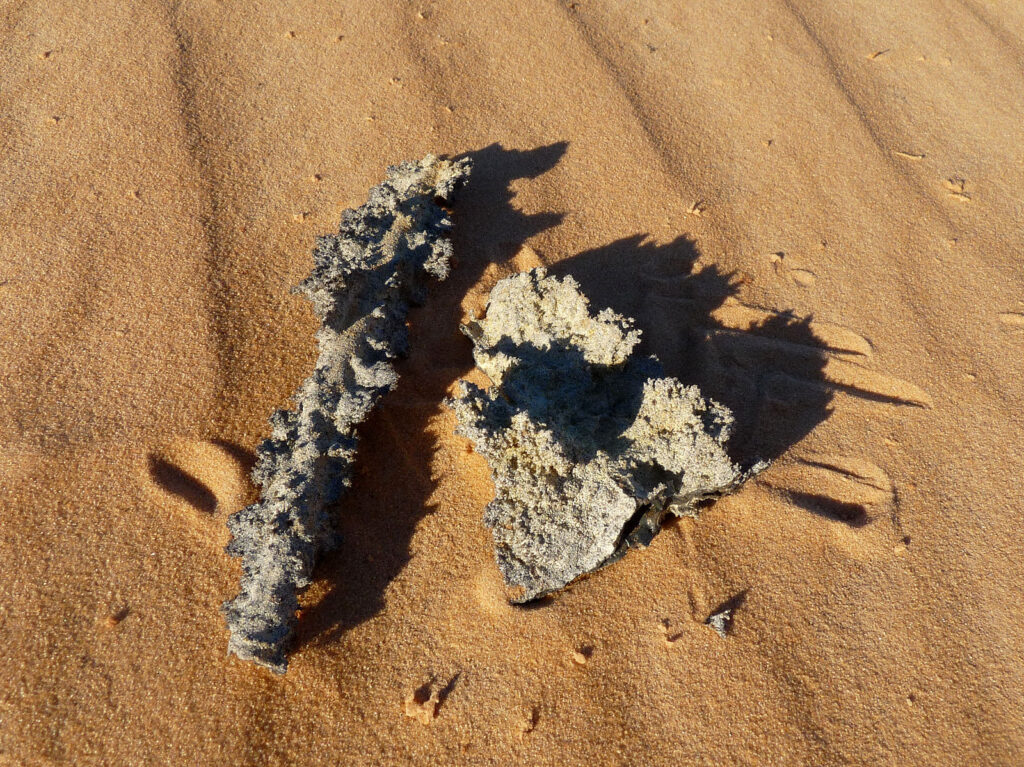
Fulgurites, often termed “petrified lightning,” are another unique type of rock. They’re natural glass tubes formed when lightning strikes sandy soil or sand dunes. The intense heat from the lightning (sometimes over 1,800 degrees Celsius) melts the sand, and as it cools rapidly, it forms hollow, glassy tubes following the path of the lightning strike.
The formation of fulgurites is a rare event and requires specific conditions, making them a prized find among geologists and collectors. They vary in size and shape, depending on the nature of the lightning strike and the type of sand. Fulgurites offer a unique glimpse into the power of natural forces, encapsulating the momentary fusion of earth and sky.
Coquina: The Sea’s Mosaic

Coquina is a sedimentary rock that tells a story of life and the sea. Several types of sedimentary rocks are composed of the shells of marine creatures, but this rock is formed almost entirely of shell fragments and coral. Over time, these biogenic materials accumulate and are compacted and cemented together, creating a rock that is a patchwork of marine life. Coquina is a testament to the abundance of life in our oceans and the geological processes that preserve this abundance in stone.
Walking on a beach or a cliff composed of coquina is like strolling through a natural museum of marine biology. Each fragment in coquina has its own history, making this rock not only visually striking but also scientifically significant. Coquina’s porous and lightweight nature has also made it a popular building material in some coastal regions, where it’s been used for centuries.
Obsidian: Nature’s Glass
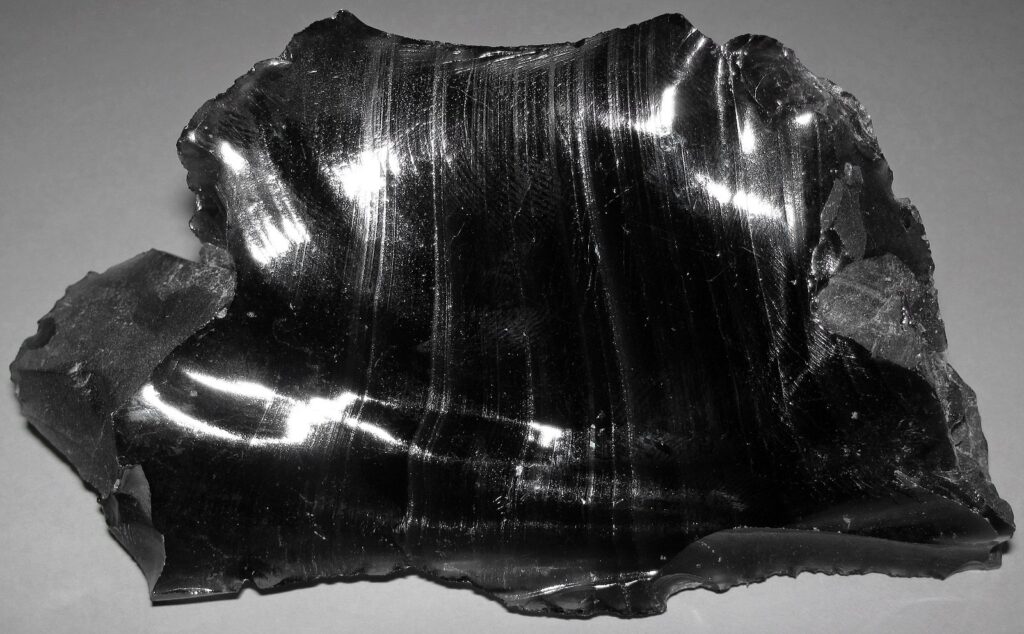
Obsidian, a naturally occurring volcanic glass, forms when lava cools rapidly without crystal growth. Its glassy texture and sharp edges have made it a valuable tool for humans since prehistoric times. Obsidian is usually black but can vary in color depending on impurities.
This rock is a favorite among collectors for its unique appearance. Geologically, obsidian provides clues about the rapid cooling of lava and the composition of volcanic eruptions. In fact, obsidian is one of the few igneous rocks that doesn’t have any crystals at all. That’s because the lava cools down so quickly that crystals don’t have enough time to form. Conversely, rocks that cool down slowly (sometimes over millions of years) usually have larger crystals.
Pahoehoe: The Flow of Lava
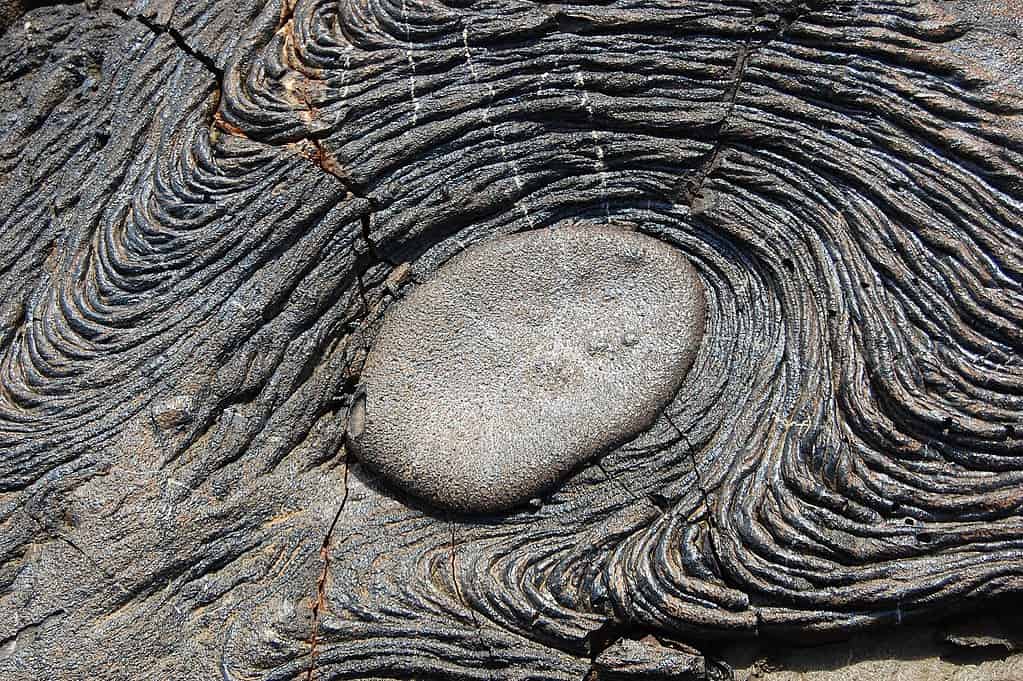
Speaking of lava, this is a special type of lava that forms a specific rock. But Pahoehoe is not just a rock; it’s a frozen moment in time, capturing the fluid grace of molten lava. This type of basaltic lava, characterized by its smooth, billowy, or ropy surface, forms when hot, fluid lava flows swiftly and then cools rapidly. Pahoehoe offers a snapshot of volcanic activity, its smooth surface resembling the flow of thick syrup. It’s a testament to the dynamic, ever-changing nature of Earth’s surface, a reminder of the power lurking beneath our feet.
The aesthetic appeal of pahoehoe lies in its unique texture, which is both intricate and delicate. This rock often forms near volcanic hotspots, such as Hawaii, where it creates mesmerizing landscapes that beckon geologists and tourists alike. Pahoehoe is like nature’s sculpture, its form shaped by the whims of volcanic forces, turning landscapes into natural art galleries.
Klerksdorp Spheres
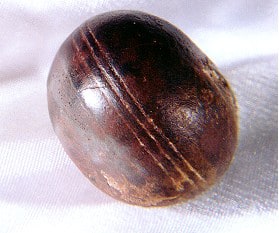
Klerksdorp Spheres are small, rounded objects, found in South Africa’s Precambrian strata, dating back over 2 billion years. These spheres, composed of pyrophyllite, diaspore, and hematite have puzzled scientists for decades with their near-perfect roundness and parallel grooves.
Pseudoscientific ideas claimed they were artifacts or some ancient man-made structures. But geologists who have actually studied these objects have concluded that the objects are not manufactured, but are rather the result of natural processes. The most prevalent theory is that these are concretions or ooids, formed by the precipitation of minerals around a core.
Blue Schist: A Storyteller From of the Deep
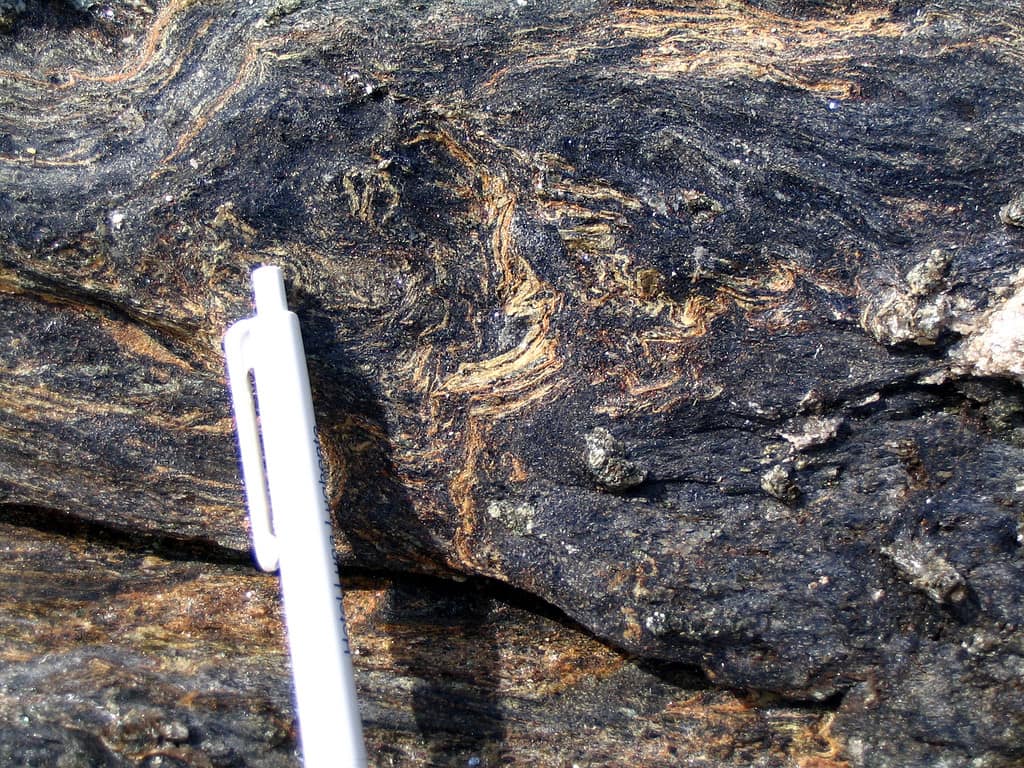
Blue Schist is a rock that tells a tale of extreme conditions. This metamorphic rock forms under high pressures and temperatures, conditions typically found in subduction zones where oceanic plates dive beneath continental plates. Blue schist is known for its stunning blue color, which comes from the presence of minerals like glaucophane. It’s a rare glimpse into the intense and complex processes that occur deep within the Earth’s crust.
The formation of blue schist is a testament to the dynamic nature of our planet’s geology. Its presence on the surface provides crucial information to geologists about the tectonic history of an area. Blue schist is not just a rock; it’s a piece of the puzzle in understanding the immense forces that shape our planet.
Unakite: The Mosaic of Nature
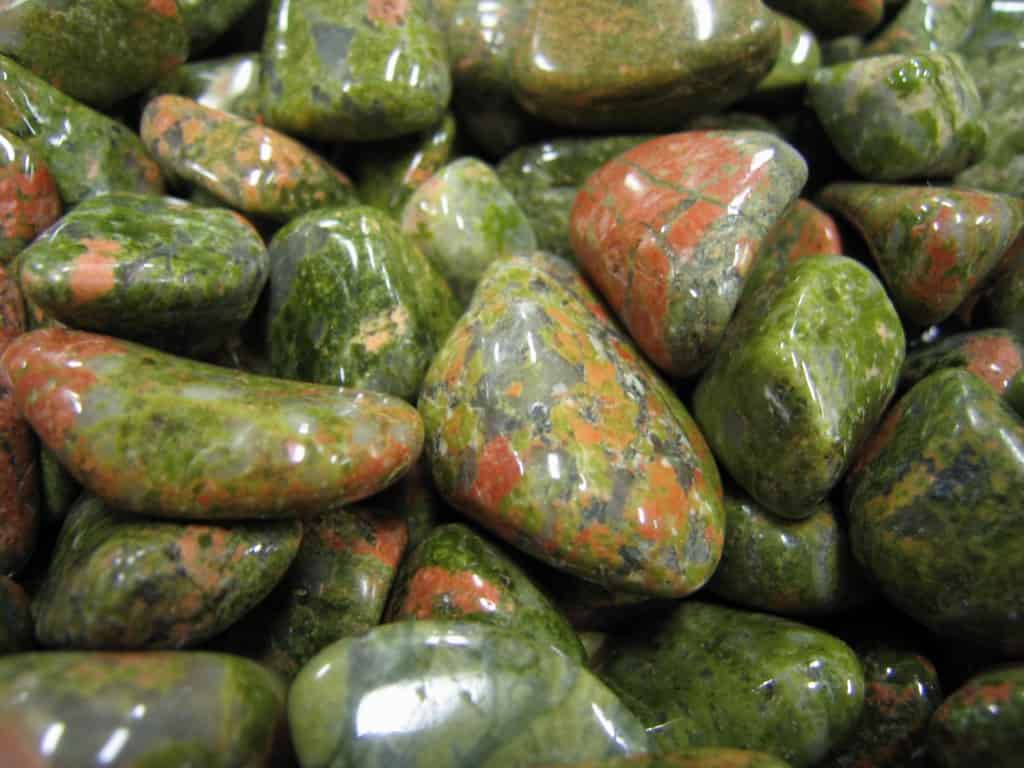
Unakite is an intriguing metamorphic rock composed primarily of green epidote, pink orthoclase feldspar, and clear to milky quartz. It’s named after the Unaka mountains of North Carolina where it was first discovered. Unakite is unique for its mottled appearance, which combines various colors in a single rock. It’s a natural mosaic, a reminder of the diverse ingredients that can come together under the Earth’s surface to create something beautiful.
This rock is not just a geological curiosity but also a favorite among lapidary artists. Its colorful and durable nature makes it popular for use in jewelry and decorative items. Unakite’s appeal lies in its ability to bring a piece of Earth’s deep beauty to the surface, offering a tangible connection to the processes that shape our world.
Travertine
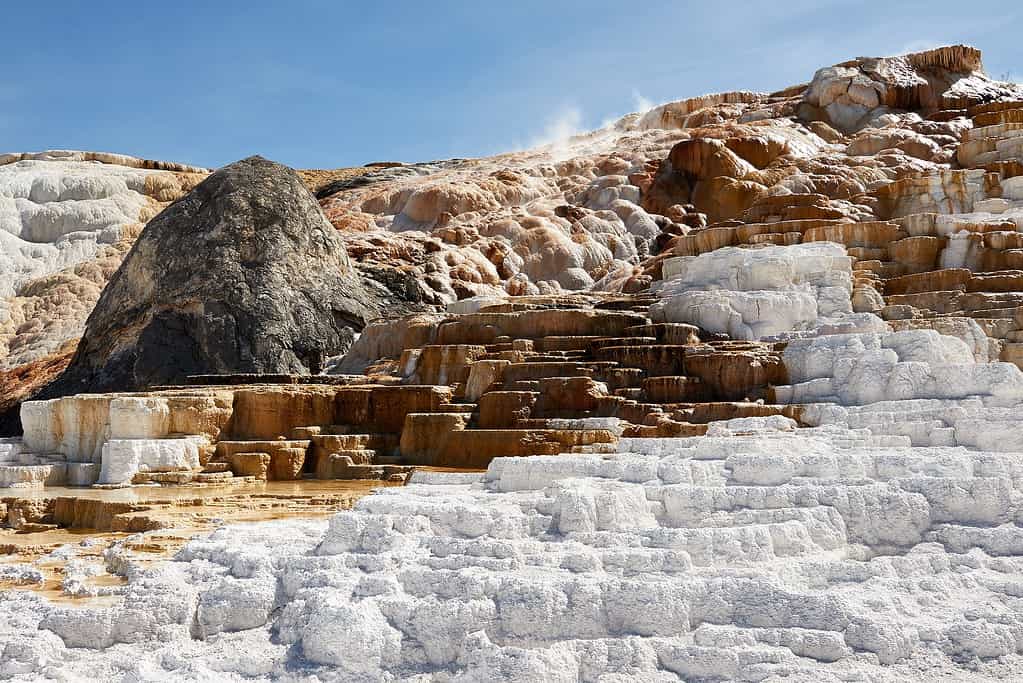
Travertine is another spectacular type of rock. It’s essentially a form of limestone deposited by mineral springs, especially hot springs. Travertine often has a fibrous or concentric appearance and exists in white, tan, and cream-colored varieties. It forms through the rapid precipitation of calcium carbonate, often at the mouth of a hot spring or in a limestone cave. This rock creates some of the most breathtaking natural landscapes, such as the terraced pools of Pamukkale in Turkey or Yellowstone National Park in the USA.

Travertine is not only a geological wonder but also a popular building material. Its use dates back to ancient Rome, evident in structures like the Colosseum. Travertine’s durability and aesthetic appeal make it a favored material for modern architecture, bridging the gap between natural beauty and human craftsmanship.
Garnet Peridotite: Another Mantle Messenger

If you’re looking for cool rocks, it doesn’t get much better than this. Peridotite is a dense, coarse-grained igneous rock predominantly found in the Earth’s mantle. Composed mainly of the minerals olivine and pyroxene, peridotite is significant for its role in deep-earth processes. Garnet peridotite is a particular example of peridotite. It is a key player in the formation of diamonds and is intimately involved in the dynamics of plate tectonics and mantle convection.
This rock is also the parent material for a gemstone: peridot. When olivine crystals in peridotite are of gemstone quality, they are known as peridot, prized for their striking green color. Thus, peridotite is not only a geological wonder but also a source of beauty, bridging the worlds of geology and gemology.
From the sparkling depths of South American mines to the wind-sculpted deserts of Africa, these stones are not just fragments of the Earth’s crust; they are the narrators of an ancient, dynamic Earth.
These rocks, with their diverse colors, textures, and histories, are not just the coolest rocks on Earth; they are the chapters of a grand story that spans billions of years.






